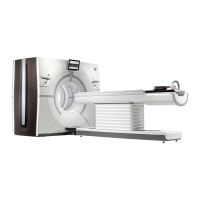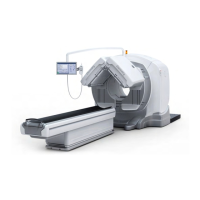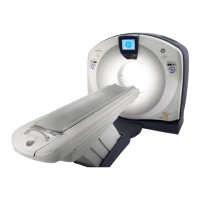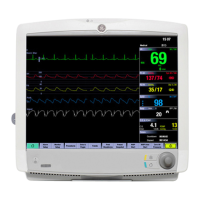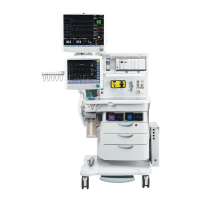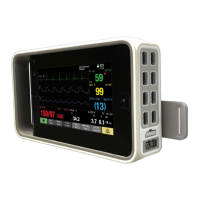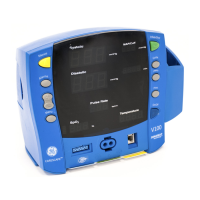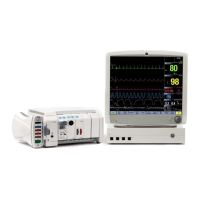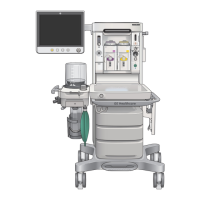GE MEDICAL SYSTEMS CT 9800 QUICK SYSTEM
Rev. 19 Direction 18000
4-12-1
SECTION 12 IMAGE PERFORMANCE VERIFICATION
12-1 General Requirements
This section describes the procedure for evaluating image performance on the 9800 CT system using WG
software. Perform sections 12-2 through 12-9 for new installations. Perform section 12-10 for periodic
maintenance checks and troubleshooting on existing systems. Record the image performance results on the data
sheets which are located in section 12-11. All functional checks and service adjustments must be performed on
the system prior to image performance verification. In addition the system must be warmed up prior to scanning
(minimum 2 hours). Other pertinent requirements are depicted as follows:
a) The X-Ray subsysem must be calibrated to within:
± 1 KV for 80, 120 and 140 kV
± 1 mA for 10 - 70 mA
± 2 mA for 100 - 170 mA
± 3 mA for 200 mA
± 4 mA for 240 - 300 mA
b) Q-Cals must be repeated before an image performance verification if the following system adjustments
were performed:
- X-Ray tube or shock replacement.
- detector or shock replacement.
- collimator replacement or adjustment.
- kV adjustment
- plane of rotation alignment.
- beam on window alignment.
isocenter alignment.
center body filter. (for HiLight systems only)
Z wedge alignment.
c) For HiLight systems only, crosstalk must be performed upon initial detector installation. See section 10
covering the crosstalk procedure.
d) The system must be warmed up for 2.0 hours (minimum) prior to data collection.
e) Tube must be warmed up prior to image performance. Enter tube warmup under the Utility Program
from M-level.
f) Use 512 x 512 pixel array for all reconstructions, unless otherwise specified.
g) All phantoms [QA (quality assurance), 35 cm and 48 cm] must be centered to within ± 0.12 mm. Face
of the phantoms must be parallel to the plane of rotation within ± 1°. A Scoutview scan of the phantom
could be used to measure phantom position relative to the plane of rotation (use 0° tube angle). If
necessary, shim the phantom.
h) All phantom self cals (N correction for polys) must be completed prior to starting image performance
for a new installation. For existing installations, if there is indication that the N-numbers have changed
(e.g. center means on water phantom out-of-spec), redo the phantom self cals.
i) Perform phantom scans immediately after phantom cals.
j) All image performance scans must have calibration scans that are less than 8 hours old. In addition for
Hilight systems, Fast Cal should be performed no longer than 1 hour prior to image performance
scans, if the full calibration is between 1 and 8 hours old.
If you have to redo a phantom cal, the air and medium cal file must be less than 75 hours old for
Xenon systems and must be less than 27 hours old for HiLight systems. If not, the air and medium cal
have to be redone, in addition to recalling the particular phantom.

